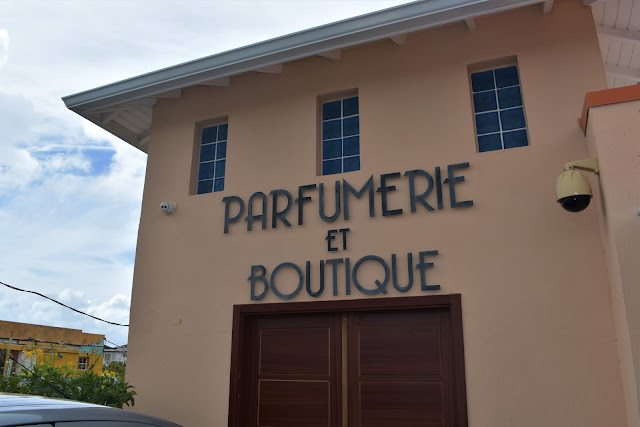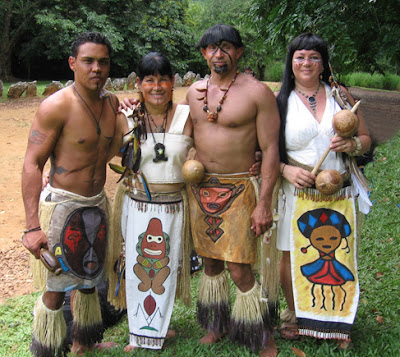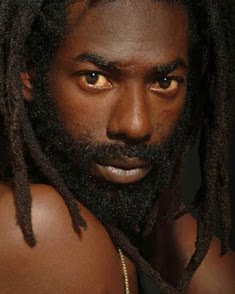In Remembrance of Charleston
In remembrance of the nine people who lost their lives in the Charleston Massacre, I am re-blogging my posts about South Carolina Gullah culture. There is a strong connection between Mother Emmanuel AME Church and the Gullah community. Many of the slain were members of the Gullah community: a formidable culture that has managed to retain roots to their African heritage in the face of slavery, Jim Crow, and many other violent attacks in this so-called free country. This is in memory of DePayne Middleton Doctor, Cynthia Hurd, Susie Jackson, Ethel Lance, The Rev. Clementa Pinckney, Tywanza Sanders, The Rev. Dr. Daniel Simmons Sr., Sharonda Coleman-Singleton, and Myra Thompson.
My
first introduction to Gullah culture came with Julie Dash's seminal
1992 film, Daughters of The Dust, The
film showcases the languid beauty of the land and the language. Set
at the turn of the 20th century on St. Helena Island, the movie tells
the haunting story of three generations of Gullah women. Since the
tale took place in the early 1900s, it never occurred to me that the
culture was still alive until I stepped onto the dusty roads and
marshy landscape of St. Helena myself. The lyrical dialect of the
Gullah people floated around me and it drove me crazy. I have a
pretty sharp ear for language and what I heard sounded like Jamaican
patois, but not quite, like Nigerian Yoruba intonations but not
completely, like the sing-song melody of St. Croix Cruzan speech but
not totally. When I was told that it was Gullah language that I was
hearing, a light went off. I had heard Gullah semi-recently but never
realized it. My daughter loved to watch the Nick Jr. children's TV
show, Gullah Gullah Island during the mid to late 90s. Somehow, I
never connected the snappy songs and amusing folk tales that the
show's creators, Ron and Natalie Daise, used to illustrate Gullah
speech and customs with the ancient culture I had glimpsed in
Daughters of the Dust.
But
as I explored more Sea Islands, including Hilton Head and Beaufort, I
discovered that Gullah culture is vibrantly alive on many levels. One
of the highlight's of my trip was meeting Ron Daise and
witnessing Gullah culture firsthand. Ron is one of the leading
experts on Gullah culture and dialect and he acted as the dialect
coach for Daughter's of The Dust. Hearing Ron roll melodic Gullah
words and sing Gullah songs brought everything to life for me. We
visited the Spanish moss draped campus of Penn Center, the first
school opened for freed slaves in the South.
Founded
in 1862, Penn was also where Dr. Martin Luther King Jr. came to
strategize and meditate in the 60s and where Daise's parents and
grandparents studied and became educators.
The
school closed in 1948 and changed its focus to community service. The
site now hosts dorms, homes and a museum, whose small gift shop is
full of plaques with Gullah sayings, handmade quilts and calendars by
prominent Gullah artist Jonathan Greene.
Whenever
I asked how to sum up Gullah culture, spirituality was always the
first response. So it makes sense that the most significant
representation of Gullah culture is the Gullah Bible. Called "De
Nyew Testament," the bible was translated by the Sea Island
Translation Team, of which Ron Daise was a member. The team
translated the bible in 2005, entirely in Gullah with translations in
the margins. Here's a verse:
"Dem Wa Bless Fa True. Wen Jedus see all de crowd dem, e gon pontop one high hill. E seddown dey, Jeddus staat fa baan um. E say, dey bless fa true, dem people wa ain hab no hope een deyself."
Don't
recognize the passage? It's Luke 16:20-23. In the five Gullah Baptist
churches on Hilton Head alone, the singularity of the language flows
through the pews. (I visited one but didn't quite make it through the
required 3 1/2 hour service.) That lyrical dialect also represents
the spirit that sustained the Gullah culture for over 200 years in
tact.






Comments